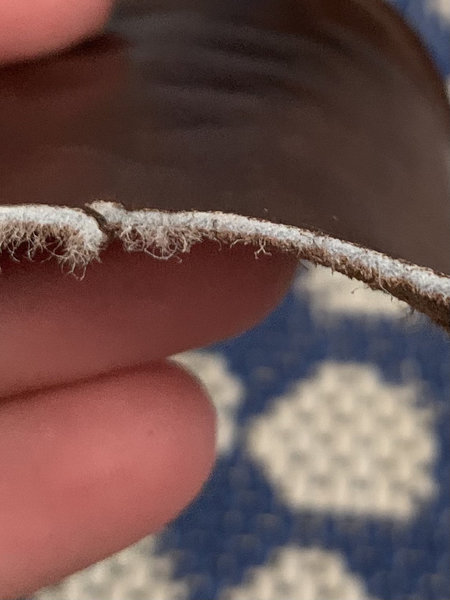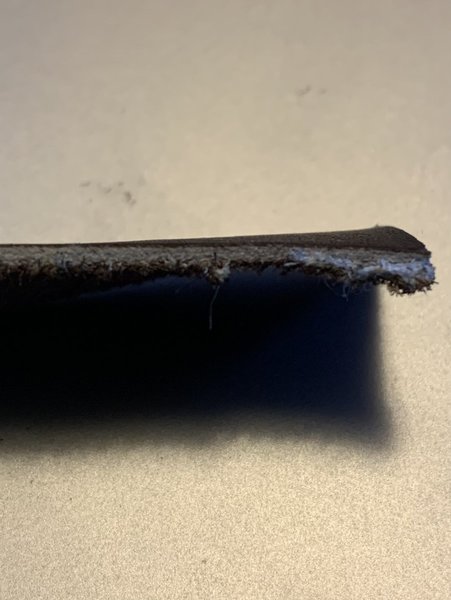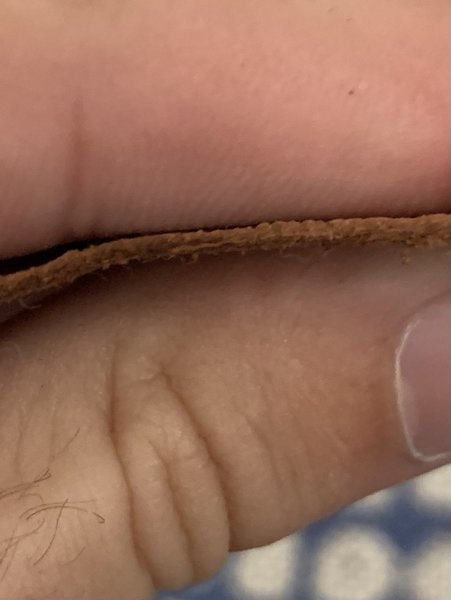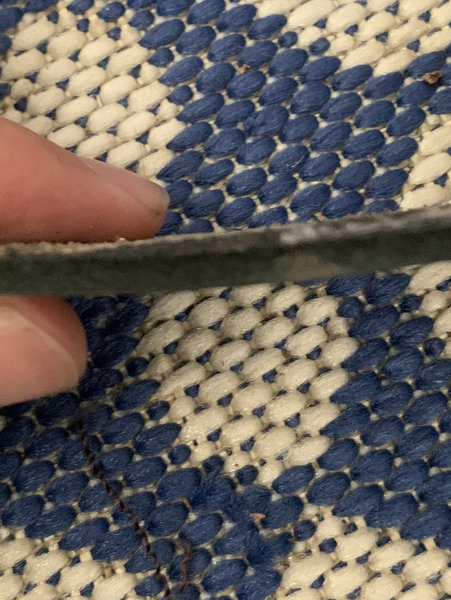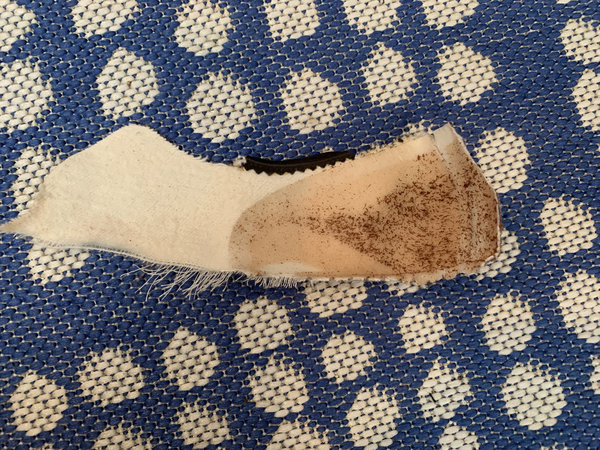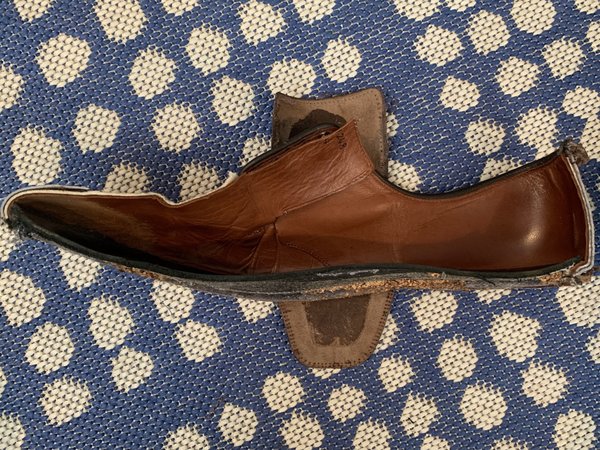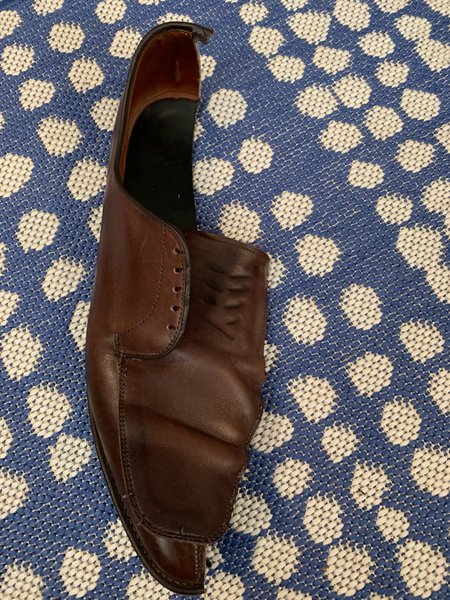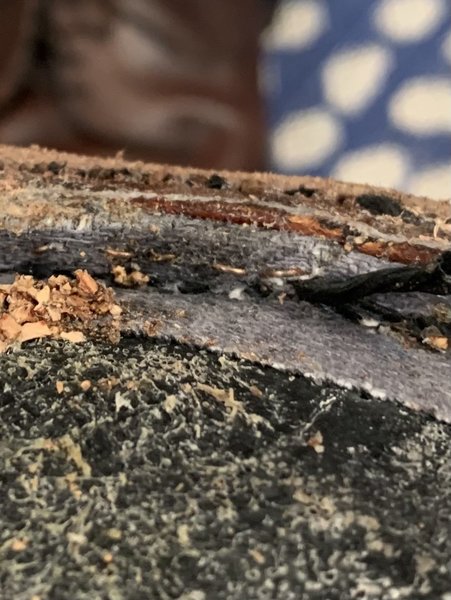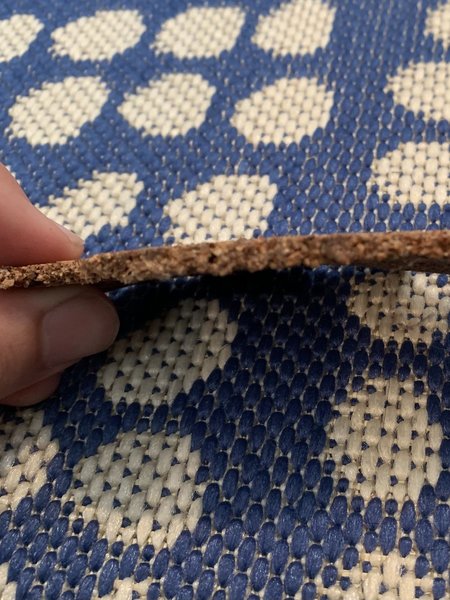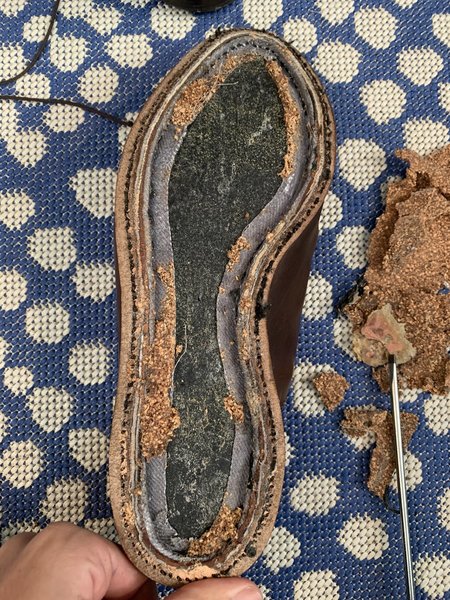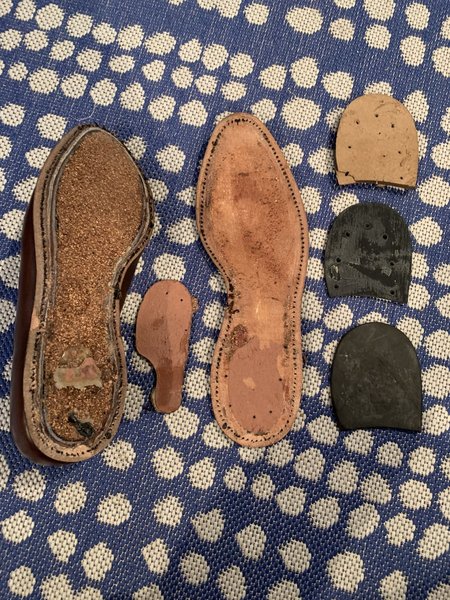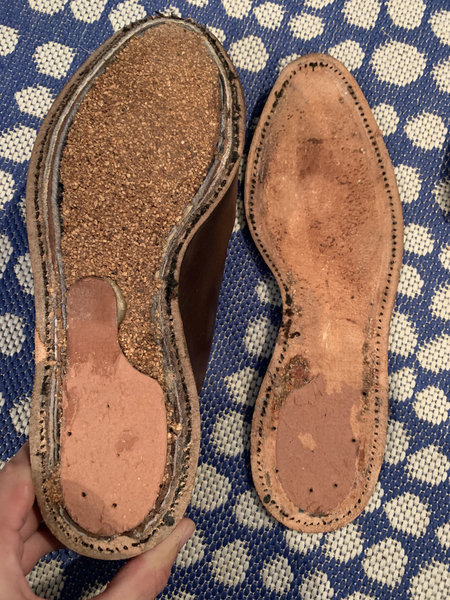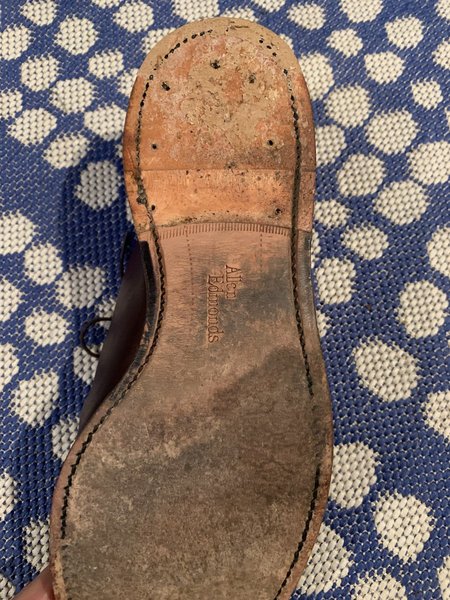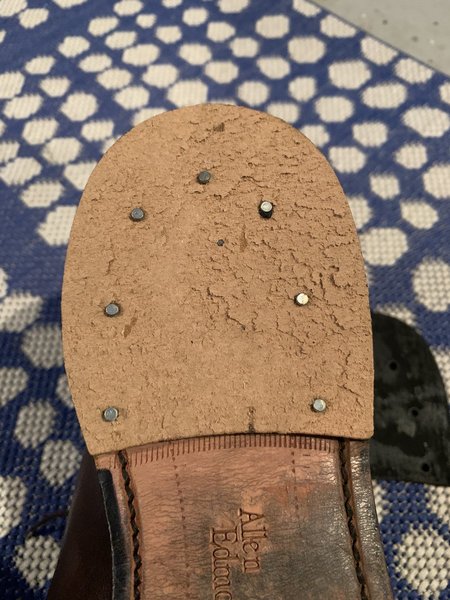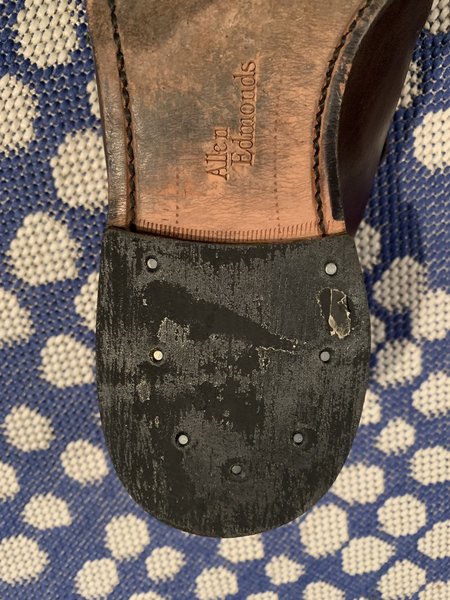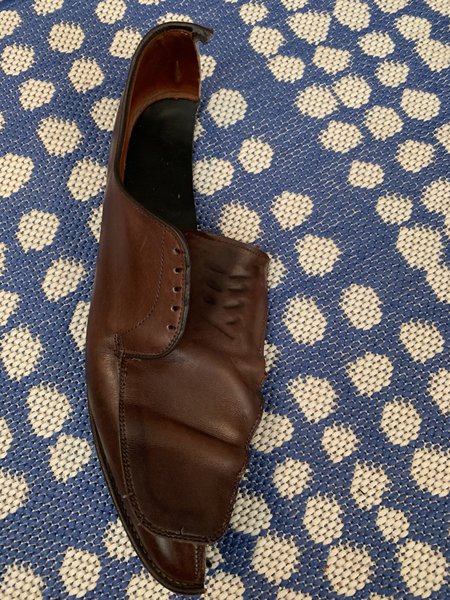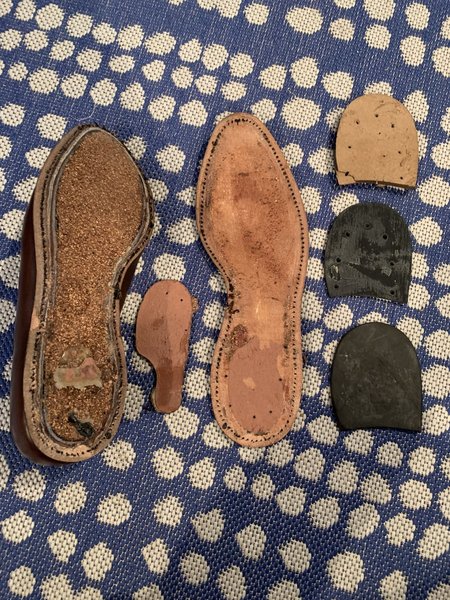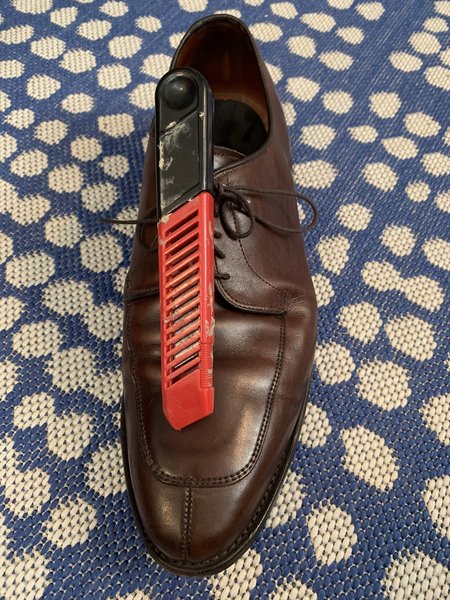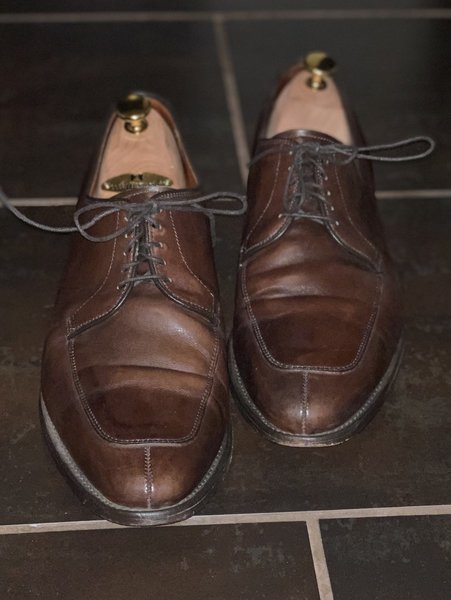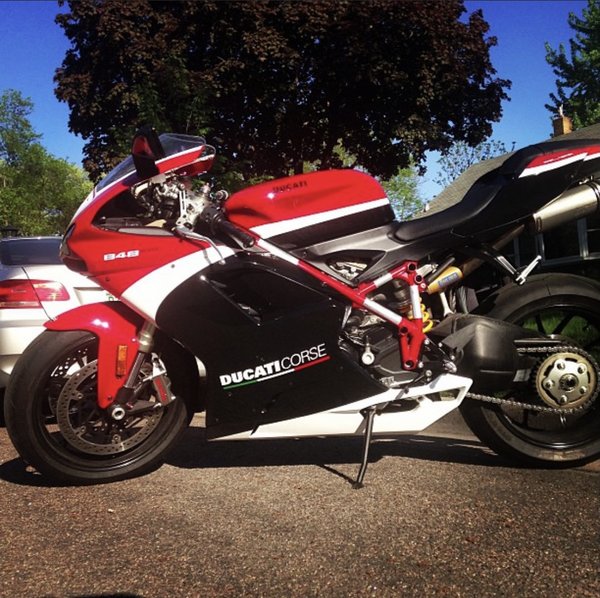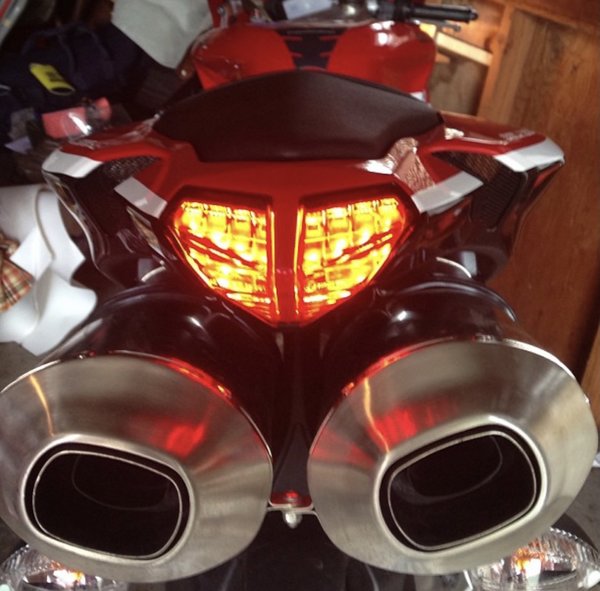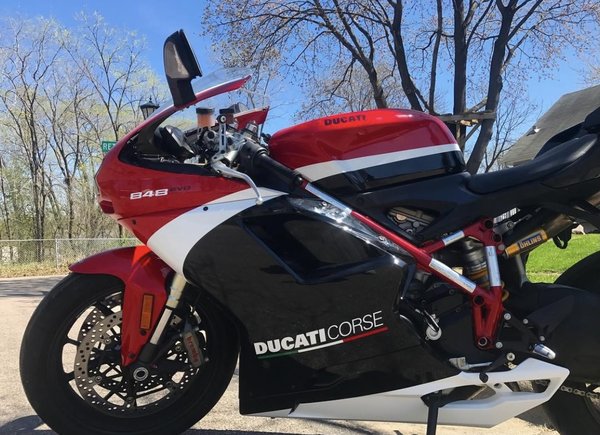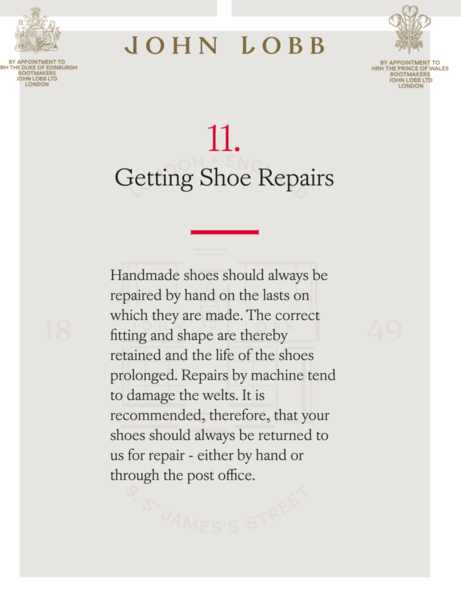- Joined
- Jan 8, 2008
- Messages
- 10,132
- Reaction score
- 5,714
The thing about resoling a welted shoe... It's an old, old system. It is largely dependent on the integrity of the construction technique and the welt.
The welt gained favour as the premier method of construction because it 9the welt) could be replace indefinitely as long as the insole/inseam/holdfast and upper were sound. The welt was always envisioned as a replaceable component. It evolved, is designed, to be replaceable.
Using a high quality insole, channeling it and sewing the welt to the insole itself, preserving the integrity of the insole and shoe far more likely than with other methods. When a hand welted shoe is resoled, if care is taken, the welt and insole will be near-as-nevermind perfectly intact and preserved.
If the owner has been careless in wearing and maintenance, the welt and even the insole itself can be damaged... sometimes so severely that they are effectively irreparable.
The ideal in all of this is just like any high end product .. @emptym mentioned watches. All need attention (mindfulness) and maintenance. These items are not intentionally (or at least not originally) meant to be throw-aways. Not meant to be cast off when their novelty, shine, and fashionability wear off. As some shoes are indeed meant to be--the manufacturer's dream.
A pair of hand welted shoes can be resoled indefinitely, even if it is done by machine. A conscientious repairman will adjust his machine to duplicate the same stitch length as the shoe was originally made with. And few or no new holes in the welt will be created. That said, the ideal situation is that the welt be hand stitched, although one should be aware that in doing so the price will reflect that time and work--every form of refuge has a price.
But, it is not absolutely necessary and doing so when there is a skilled cobbler available defies the logic of the welted shoe...not just the handwelted shoe. It is simply not true that resoling by machine will tear up a welt or make it unusable.
But even if it were, the same cautionary conditions apply to GY welted shoes. To any welted shoes.And replacing or repairing welt properly is considerably more problematic with GY construction than with HW. Is the solution to buy only cement construction shoes? Or perhaps plastic disposables?
If the owner of any high end article eschews the responsibility for maintaining and caring for his goods then sending the shoes back to the maker is probably wise and worth the price.
But...as was mentioned earlier... Potter and Sons will resole and heel a pair of shoes with Baker outsoles for $135.00. That's about where I (a maker) was/am on resoling by machine with Masur outsoles.
The welt gained favour as the premier method of construction because it 9the welt) could be replace indefinitely as long as the insole/inseam/holdfast and upper were sound. The welt was always envisioned as a replaceable component. It evolved, is designed, to be replaceable.
Using a high quality insole, channeling it and sewing the welt to the insole itself, preserving the integrity of the insole and shoe far more likely than with other methods. When a hand welted shoe is resoled, if care is taken, the welt and insole will be near-as-nevermind perfectly intact and preserved.
If the owner has been careless in wearing and maintenance, the welt and even the insole itself can be damaged... sometimes so severely that they are effectively irreparable.
The ideal in all of this is just like any high end product .. @emptym mentioned watches. All need attention (mindfulness) and maintenance. These items are not intentionally (or at least not originally) meant to be throw-aways. Not meant to be cast off when their novelty, shine, and fashionability wear off. As some shoes are indeed meant to be--the manufacturer's dream.
A pair of hand welted shoes can be resoled indefinitely, even if it is done by machine. A conscientious repairman will adjust his machine to duplicate the same stitch length as the shoe was originally made with. And few or no new holes in the welt will be created. That said, the ideal situation is that the welt be hand stitched, although one should be aware that in doing so the price will reflect that time and work--every form of refuge has a price.
But, it is not absolutely necessary and doing so when there is a skilled cobbler available defies the logic of the welted shoe...not just the handwelted shoe. It is simply not true that resoling by machine will tear up a welt or make it unusable.
But even if it were, the same cautionary conditions apply to GY welted shoes. To any welted shoes.And replacing or repairing welt properly is considerably more problematic with GY construction than with HW. Is the solution to buy only cement construction shoes? Or perhaps plastic disposables?
If the owner of any high end article eschews the responsibility for maintaining and caring for his goods then sending the shoes back to the maker is probably wise and worth the price.
But...as was mentioned earlier... Potter and Sons will resole and heel a pair of shoes with Baker outsoles for $135.00. That's about where I (a maker) was/am on resoling by machine with Masur outsoles.
Last edited:



